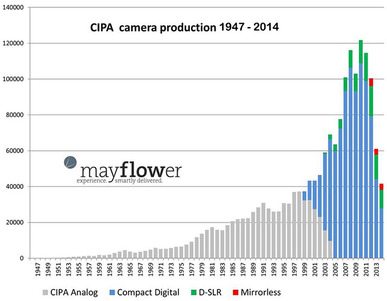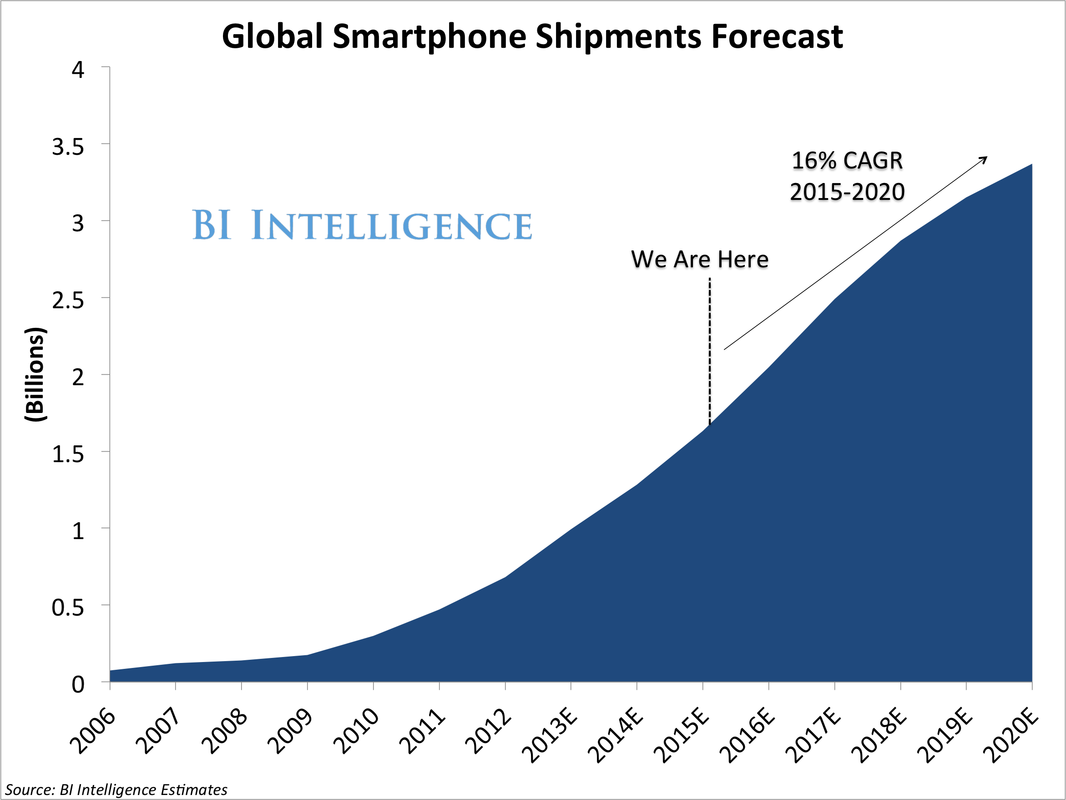|
www.Hexagon-Innovating.com
 In today's Business section of the Globe and Mail, there is a graph of unit camera sales over time. It is a great illustration of Clayton Christensen's concept of disruptive innovation. Disruptive innovation has two qualities: It involves the introduction of a product, service or business model that provides a significant increase in value as perceived by the customer (i.e. what they get for what they pay), and it appeals primarily to unserved and underserved customers. Being aware and responding appropriately to the threats of disruptive innovations, especially in this information/internet age is critical to your business survival and ongoing growth. The graph in the Globe was adapted from an article by Michael Zhang. It shows the exponential growth of cameras that started in 1999 as a result of the availability of digital technology (despite the fact that digital cameras were invented 24 years earlier by Kodak but that's another story). By 2003 digital cameras were outselling film cameras. I remember a time when every family had PHD (push here dummy) pocket digital cameras. Parents, kids and travellers were the initial unserved customers. You didn't need a $500+ camera and understand the f-stop/depth of field trade-off. You also didn't have to worry about how many pictures you took as photography no longer involved the cost/picture model of film.
1 Comment
1/27/2021 05:58:52 am
This is a creative, informative, and very valuable post for me. Thanks for sharing and waiting for another post to read more...
Reply
Leave a Reply. |
AuthorDuncan Jones Archives
May 2022
Categories |


 RSS Feed
RSS Feed